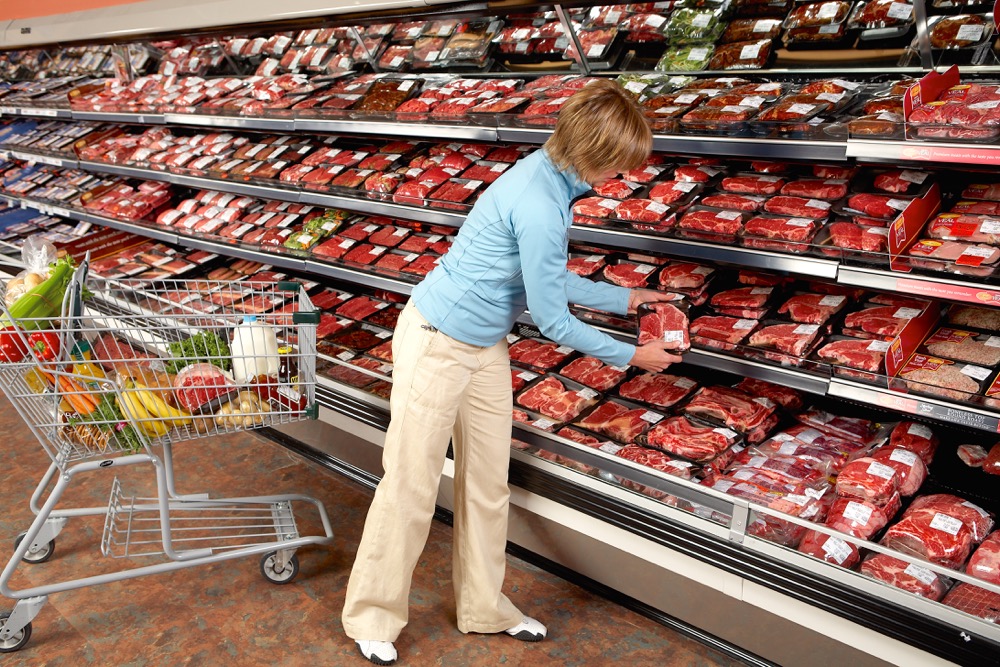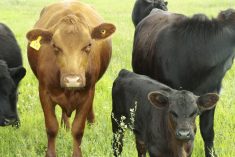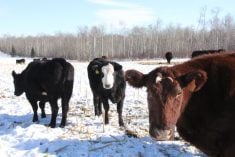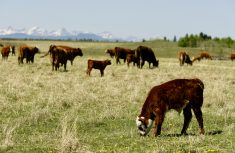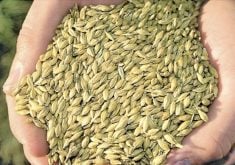Consumers around the world are making their needs very clear when it comes to animal protein. The Nielsen Global Health and Ingredient Sentiment Survey (2016) revealed what folks do not want in food. Surprisingly, the respondent results were consistently universal.
Respondents were overwhelmingly concerned and did not want hormones or antibiotics in food in North America (54 per cent), Latin America (59 per cent) and in Europe (65 per cent). Africa and the Middle East had greater concerns than North Americans at 55 per cent of the population shunning food containing or perceived to contain antibiotics or hormones. Continue around the globe to the Global South and 69 per cent of respondents in Asia-Pacific also shun food containing antibiotics or hormones.
Read Also

A strategic approach to risk on the ranch
Given the increase in the value of livestock and the market volatility, we need to cover our risks. First,…
In all regions, over 50 per cent of consumers said they did not want to eat GMO food with the lowest concern in North America at 51 per cent and the highest concern in Europe at 59 per cent. This tells us that GMO resistance is global in context and greatly affects consumer purchases. Sodium and carbohydrates were a greater concern in North America, Latin America, Asia-Pacific and Africa/Middle East than in Europe. And gluten was a factor for 29 per cent of the respondents in Asia-Pacific and 32 per cent in Africa/Middle East compared to 23 per cent in North America. The data indicates that Europeans are the least concerned about salt, gluten and carbs while the Asia-Pacific market is very conscious especially in regards to hormones and antibiotics (69 per cent) and gluten (29 per cent).
Interestingly, there was a question specific to beef and red meat. In North America 18 per cent of respondents do not want beef or red meat in their diet compared to 16 per cent in Latin America and 13 per cent in both Europe and the Africa/Middle East region. The greatest rejection of beef or red meat in the diet came from the Asia-Pacific region (24 per cent), which is concerning, as this is a major target market for Canada.
Rabobank managing director, Deborah Perkins shared her thoughts on the future of animal protein with Meatingplace editor Lisa Keefe (March 2017). She explained that packers will need to continue to be more responsive to consumers. Moving forward she urged that “all aspects of the value chain have to be economically viable in the long term” which invites another range of responsibilities to the protein industry. As there is bound to be more animal protein in the future, Perkins referred to the interrelation of all protein industries.
- More ‘Straight from the hip’ with Brenda Schoepp: The origin of all things
There is very little evidence of proteins taking an interrelational, non-competitive view of each other in the past, even though they face the same challenges when it comes to what consumers will not eat as highlighted in the Nielson study. And the fact that the non-animal protein uptake is on the rise is a shadow on all animal protein industries. From an environmental perspective, the push is on for consumers to believe that animal protein is a high user, if not abuser of energy, land and water. This is cited from environmentalist manifestos to scientific nutritional research. So it is not beef specifically that is under the microscope but all animal protein, products and practices that are associated.
Looking back from a global perspective on what consumers will not buy; it is clear that there is a linkage between the proteins that should be catching the attention of the beef industry. If any protein industry continues to produce food with hormones, there will be push-back. How do we collectively prepare for this? What research needs to be done? What message needs to be articulated regarding appropriate antibiotic use, GMO feed ingredients and additives, specifically sodium in prepared products such as sausage?
In Perkins’ checklist of survival tools she referred to successful clients and their adaptation to technology, innovation and sustainability or in her words “people you want to do business with.” If we look at these in terms of the protein industry and weave them into the beef specific then we have the beginnings of a conversation.
Historically, animal proteins were produced on small Canadian farms and their existence complemented each other. Farmers knew to keep pigs separate from fowl to avoid disease transmission and how to use excess production for the benefit of the other. And although this is highly sustainable and innovation and technology can be applied to this model, it is unlikely to mass produce to the current demand. But the model does work because of the interrelationship between human and animals and between the varieties of proteins themselves. Can we launch a discussion from a point of understanding that there are interrelations, identify them and then focus on specific actions?
Who needs to lead? In Keefe’s interview with Perkins it was clear that there were leadership competencies that were attributed to successful business and industry. First, leaders must understand the complexities of the entire value chain. To date, the industry is still broken into individual representation of specific production or processing points (who sit at the same table) with the final consumer as a separate component. This needs to change and markets clearly understood. Look again at the data in the Nielson study. The areas that industry is trying to sell into are the most resistant to the product.
Can we accept that the reactive nature of a traditional industry such as beef is not keeping up with the speed of other proteins and there could be a great benefit in discussions that focus on controllable issues that are relevant to the advancement of the animal protein industry? Looking to the future it is clear that we will not convince consumers to eat our product unless we change it. Are we ready to engage our scientists, empower our producers and work as an animal protein team? Food for thought as we face a hormone-, antibiotic-, GMO-, gluten-, sodium- and carbohydrate-free future in animal protein.

